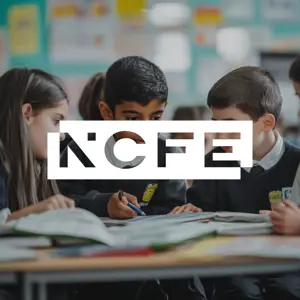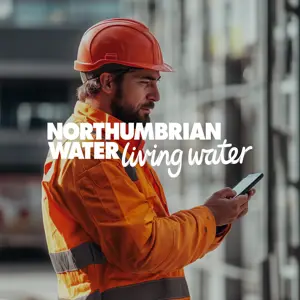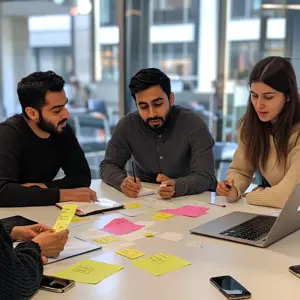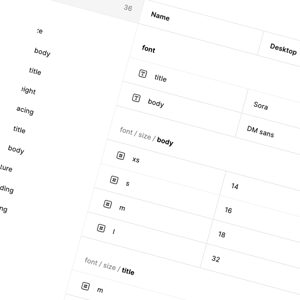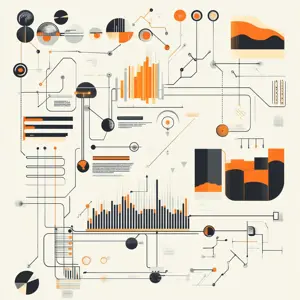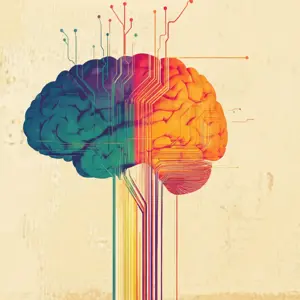Going far beyond AI prompting
Think about some of the things we already know AI can do — such as computer vision, speech recognition, or more conventional approaches like decision trees and linear regression. These capabilities are a world away from something like ChatGPT, which relies on natural language processing to generate its own responses.
Of course, this isn’t to say that solutions like ChatGPT aren’t useful—they certainly are, particularly for brainstorming and content creation. However, they have limitations. One key limitation is their generalised nature - AI models must be fine-tuned to be genuinely effective in industry-specific roles.
AI has already advanced far beyond the prompt engineering of ChatGPT. So when a business owner asks if all AI work is based on ChatGPT, it’s a great chance to show them what else AI can do.
Why does this matter?
It matters because the right application of AI can make an enormous difference right across society. AI analysis of vast financial datasets in real time can prevent fraud on a huge scale and can save lives when used to review radiological images for cancer detection.
To limit our understanding of AI to prompting tools like ChatGPT is to miss out on the technology’s huge potential.
How AI-enhanced products are making a difference
Let’s take a look at a few detailed use cases to see how this can work in practice.
Classification models for legal documents
A great example of how AI-enhanced products can make a real difference is in the legal field, where they can be used to accelerate the review of lengthy legal documents.
We recently collaborated with a partner to develop a system that achieves exactly this. We trained a custom classification model using a dataset built upon a series of labelled clauses. The AI essentially learns what each of these clauses represents and gains an understanding of each document.
Human legal experts are still involved. However, they confirm the result of the AI’s work, rather than combing through the text and making changes manually. This is a great example of how fine-tuning gives an AI system a profound understanding of a specialised field and then saves hours of working time as a result.
Predictive analytics in manufacturing
AI-enhanced solutions can also be trained on equipment failure factors and indicators in manufacturing. This training means the solution is capable of spotting when a machine is likely to fail ahead of time.
Teams can then administer proactive maintenance to the machine, eliminating costly downtime and saving more expensive repairs or even replacement further down the line.
The need for quality data and labelling
While the legal and manufacturing applications discussed are very different, they share a key similarity. They both need high-quality data with industry-specific labelling.
This is also a key point of difference between these solutions and ChatGPT. ChatGPT and other large language models are trained on vast arrays of data taken from the internet, giving the solution a broad but generalised understanding of many different topics.
When we’re looking at highly specific use cases — like spotting legal clauses or detecting sensor data anomalies — this just isn’t going to cut it. Specialised data is an absolute must.
The labelling is also vital here. Industry-specific use cases require precise labelling conducted by experts with real knowledge in the field. Any inconsistencies or omissions in the labelling will reduce the solution’s performance. In other words, this kind of fine-tuning AI requires a completely different approach to something broad like ChatGPT.
Building AI-enhanced digital products — a step-by-step guide
So how do we create these highly targeted, highly specialised products?

Step 1: Defining the objective
To begin with, we’ll need a clear objective. In the example of the legal classification system, what exactly are we looking for? Do we need to highlight entire paragraphs or only flag individual sentences? How accurate does it need to be, and what metrics will be used to measure progress?
Step 2: Data gathering and preparation
With the goal defined, we’ll need to select the right data to achieve this aim. In the legal example, this data is going to come from historical legal documents. However, we’ll also need experts to review this, labelling key terms and elements, removing errors and inconsistencies, and ensuring data quality.
Step 3: Model selection and training
Now, we’ll need to choose the best AI model to meet our aims. This might be an open-weight LLM. Next, the training begins as our datasets are fed into the model, allowing for pattern identification.
Step 4: Validation and testing
Typically, we’ll only use a subset of the data for training while keeping data behind for validation. The development team now reviews the results, analysing metrics like accuracy, precision, and other task-specific indicators. Additional training may be required to meet the standards we set in the first step.
Step 5: Deployment and integration
The AI-enhanced solution isn’t going to work in isolation. Instead, it needs to be integrated into existing systems and workflows, becoming a seamless component in the broader operational landscape.
Conclusion — the role of prompt engineering and the wider capabilities of AI
The idea that all AI is basically just ChatGPT is a serious oversimplification. While tools like ChatGPT are great, the technology is just a single example of what AI is capable of.
In practice, broad AI is often simply not fit-for-purpose. Just like we can’t expect an individual person to have a cutting-edge knowledge of both fine art and astrophysics, we can’t expect broad, general-purpose AI to achieve the highly specialised results we so often need.
Fine-tuned AI is the only solution to these conundrums. By collecting and labelling data effectively and collaborating with industry experts and leaders in their field, we can develop solutions that achieve profound improvements and deliver significant advantages. It’s time we all got to grips with exactly what AI can do so we can begin moving into new and exciting territory with the technology.



